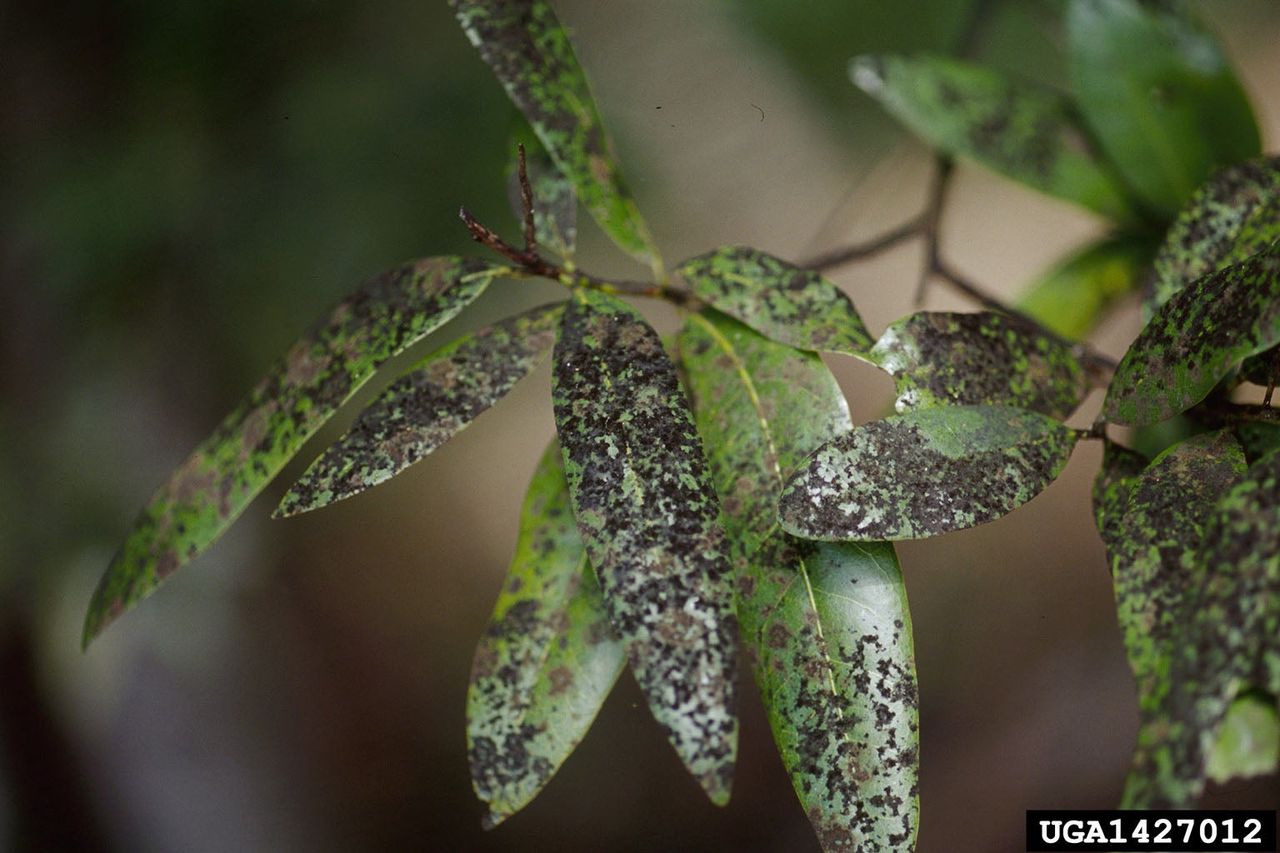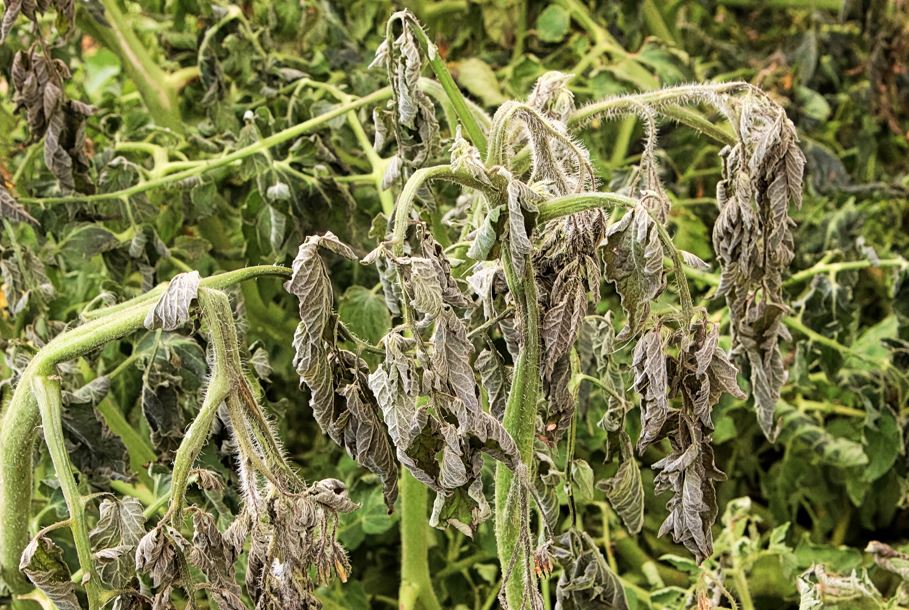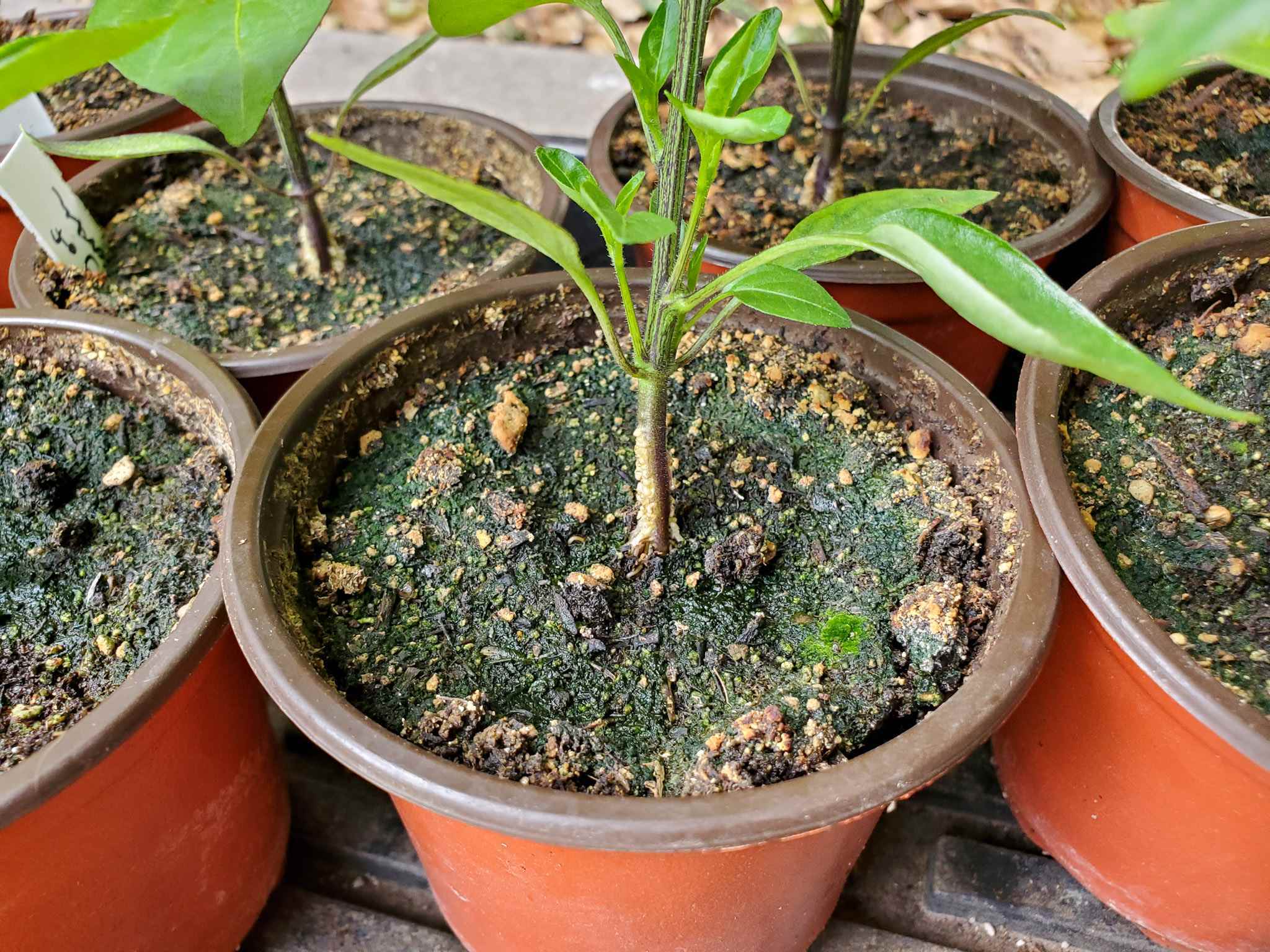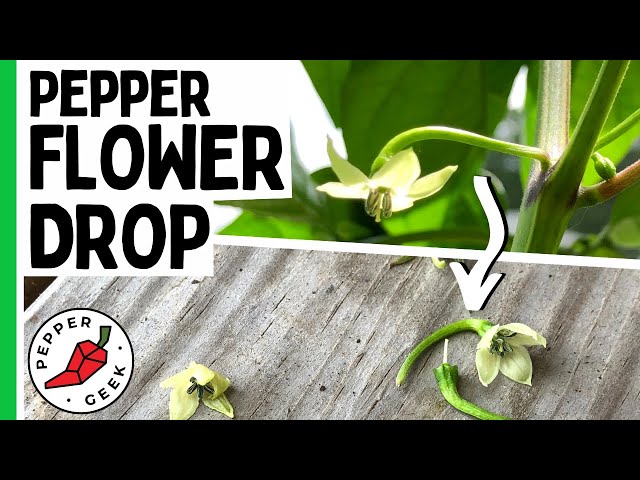Why is my plant getting black mold?
Black mold on plants can be a frustrating problem for many gardeners. Not only does it look unsightly, but it can also harm your plant if left unchecked. The good news is that there are several common reasons why your plant might be getting black mold, and understanding the underlying causes can help you address the issue effectively.
1. Overwatering
One of the most common reasons for black mold on plants is overwatering. When plants are watered too frequently or if they are not able to drain properly, excess moisture can accumulate on the leaves and provide a perfect breeding ground for mold spores. To prevent black mold from developing, make sure to water your plants only when they need it and ensure that the soil has good drainage.
2. Poor Air Circulation
Another factor that can contribute to black mold on plants is poor air circulation. When plants are placed in an area with stagnant air, moisture can build up on the leaves and create a damp environment that is conducive to mold growth. To improve air circulation around your plants, consider moving them to a more ventilated location or using a fan to promote airflow.
3. High Humidity
Plants that are located in high humidity environments are more susceptible to black mold. Excessive moisture in the air can encourage mold spores to germinate and spread on plant surfaces. To reduce humidity levels around your plants, you can use a dehumidifier or place a tray of water-absorbing crystals nearby to absorb excess moisture.
4. Lack of Sunlight
Plants that are not receiving enough sunlight may also be prone to black mold. Sunlight helps to dry out the leaves and prevent the accumulation of moisture that can lead to mold growth. If your plant is in a shaded area, consider moving it to a sunnier spot or providing artificial grow lights to ensure that it receives an adequate amount of light each day.
5. Infected Soil or Plants
Black mold can also spread to plants from infected soil or from neighboring plants that are already contaminated. If you suspect that your plant may have come into contact with contaminated soil or plants, it is important to quarantine it to prevent the spread of mold. Remove any affected leaves or parts of the plant and treat the remaining foliage with a fungicide to eliminate the mold spores.
Conclusion
Black mold on plants is a common issue that can be caused by a variety of factors, including overwatering, poor air circulation, high humidity, lack of sunlight, and infected soil or plants. By addressing these underlying causes and taking proactive measures to prevent mold growth, you can keep your plants healthy and mold-free. Remember to monitor your plants closely and take action at the first sign of mold to prevent further damage.



